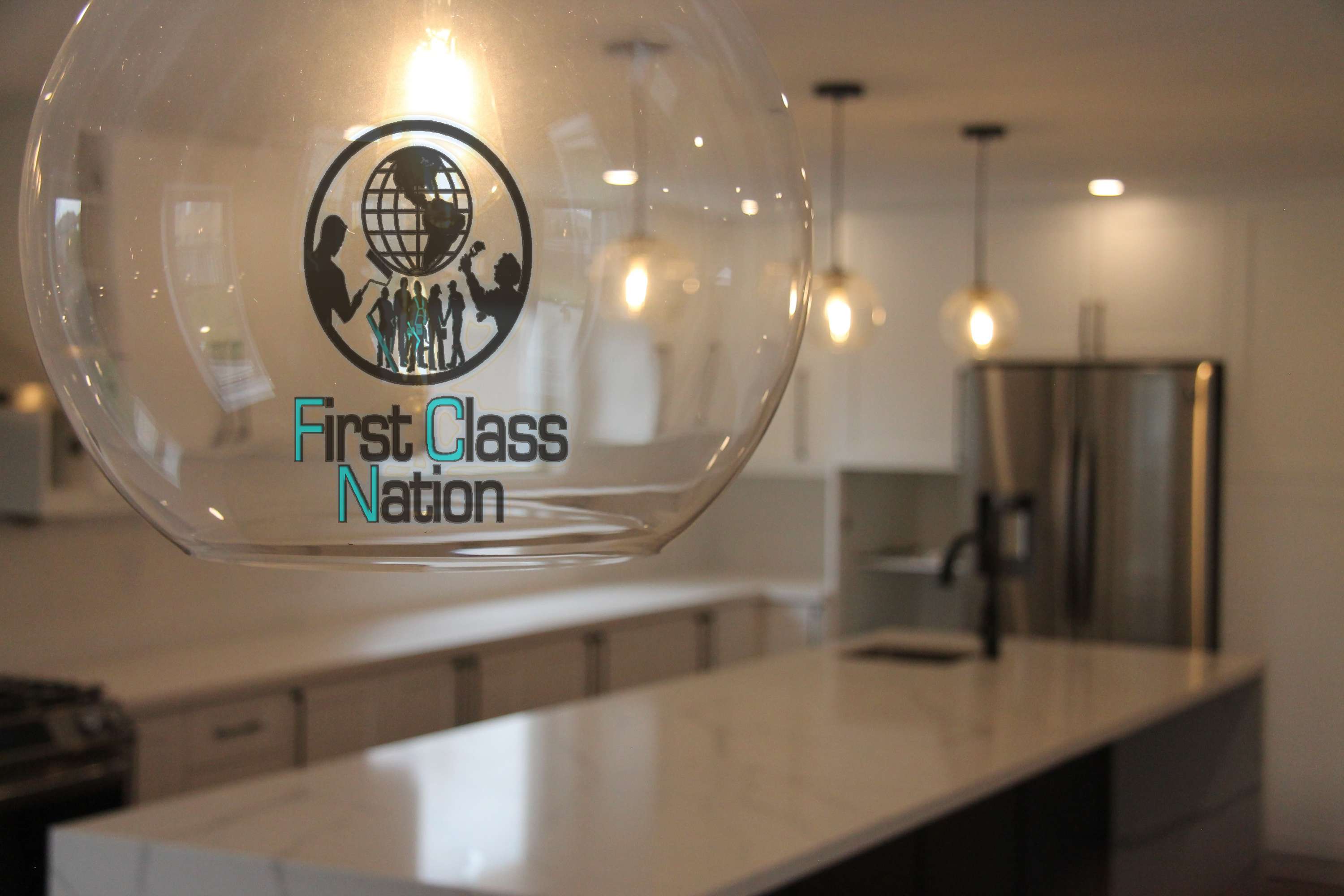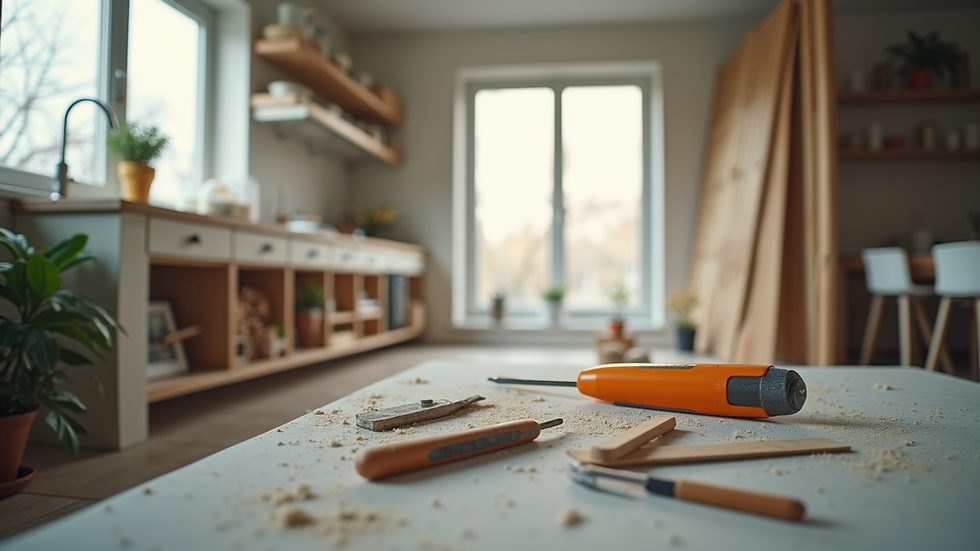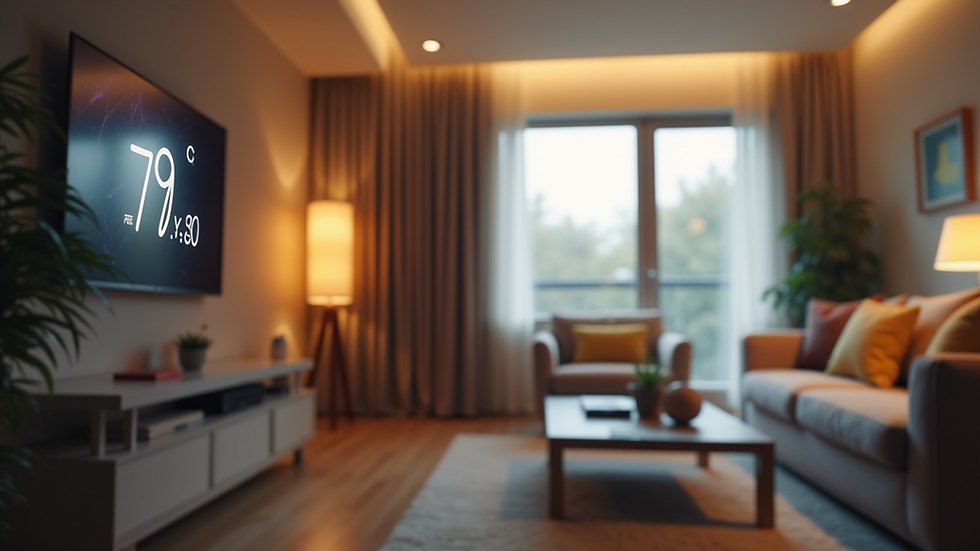Low-Cost Ideas to Expand Your Living Space
- First Class Nation Contracting
- Sep 16
- 4 min read
Expanding your living space can make your home more comfortable and increase its value. However, many people hesitate because they think it will be expensive and complicated. The good news is that there are plenty of low-cost ideas to expand your living space without breaking the bank. Whether you want to create a cozy reading nook, add a functional outdoor area, or maximize unused corners, this guide will help you explore practical and affordable options.
Creative Home Additions to Maximize Your Space
When thinking about home additions, many imagine large construction projects. But small, creative changes can make a big difference. Here are some ideas to help you expand your living space affordably:
1. Convert Unused Spaces
Look around your home for areas that are underutilized. This could be an attic, basement, or even a large closet. Converting these spaces into functional rooms can add valuable square footage.
Attic conversion: Turn your attic into a guest bedroom, office, or playroom. Insulate properly and add skylights for natural light.
Basement makeover: Finish your basement with drywall, flooring, and lighting to create a family room or home gym.
Closet transformation: Convert a large closet into a small home office or reading nook with shelves and a comfortable chair.
2. Use Outdoor Areas Wisely
Outdoor spaces can be extended living areas with minimal investment. Consider these options:
Deck or patio: Build a simple deck or patio with affordable materials like pressure-treated wood or concrete pavers. Add seating and lighting for a cozy outdoor lounge.
Garden room: Use a pergola or gazebo to create a shaded outdoor room. Add curtains or screens for privacy.
Balcony enhancements: If you have a balcony, add foldable furniture and plants to make it a relaxing retreat.
3. Install Room Dividers
Open floor plans are popular, but sometimes you need defined spaces. Room dividers can create separate areas without permanent walls.
Use bookshelves or curtains to divide a large room.
Sliding panels or folding screens are flexible and easy to install.
This method is perfect for creating a home office or play area within a larger room.

Affordable Home Additions: Practical Tips and Ideas
When planning home additions, keeping costs low is key. Here are some practical tips to help you stay within budget while expanding your living space:
1. Prioritize Functionality
Focus on what you really need. For example, if you want more storage, adding built-in shelves or under-stair cabinets can be cheaper than building a new room.
2. DIY When Possible
Simple projects like painting, installing shelves, or laying flooring can be done yourself. This saves on labor costs and gives you control over the timeline.
3. Use Cost-Effective Materials
Choose materials that look good but are affordable. For example:
Laminate flooring instead of hardwood
Vinyl siding instead of brick
Prefabricated panels for walls
4. Plan for Energy Efficiency
Adding insulation, energy-efficient windows, or LED lighting during your home additions can reduce future utility bills.
5. Consult Professionals for Complex Work
For electrical, plumbing, or structural changes, hire licensed professionals. This ensures safety and compliance with local building codes.
By combining these tips with creative ideas, you can achieve affordable home additions that enhance your living space without overspending.

Is it Cheaper to Add On or Add a Second Story?
One common question when expanding living space is whether to build outwards or upwards. Both options have pros and cons, and the cost depends on several factors.
Adding On (Horizontal Expansion)
Pros:
- Easier to build and usually less expensive per square foot.
- No need to modify the existing structure significantly.
- Ideal if you have enough yard space.
Cons:
- Requires sufficient land area.
- May affect your outdoor space or garden.
Adding a Second Story (Vertical Expansion)
Pros:
- Doubles your living space without using more land.
- Can increase home value significantly.
Cons:
- More complex construction requiring structural reinforcement.
- Higher costs due to foundation and roof modifications.
- May require temporary relocation during construction.
Cost Comparison
Generally, adding on is cheaper than adding a second story. However, if your lot is small, building up might be the only option. It’s important to get quotes from contractors and consider your long-term needs.

Small-Scale Home Additions That Make a Big Impact
Not all home additions require major construction. Sometimes, small changes can create the feeling of more space and improve functionality.
1. Expand Doorways or Open Walls
Removing or widening doorways can open up rooms and improve flow. Consider creating a pass-through between the kitchen and dining room.
2. Add Built-In Furniture
Built-in benches, desks, or storage units save space and add character. For example, a window seat with storage underneath can be a cozy spot and a practical solution.
3. Use Mirrors and Light Colors
While not a physical addition, mirrors and light paint colors can make rooms feel larger and brighter.
4. Create Multi-Functional Rooms
Design rooms that serve multiple purposes, such as a guest room that doubles as an office or a dining area that can be used for crafts.
Planning Your Home Expansion Project
Before starting any home addition, careful planning is essential. Here are steps to guide you:
Assess your needs: What do you want to achieve? More bedrooms, storage, or living space?
Set a budget: Determine how much you can spend and prioritize projects accordingly.
Check local regulations: Obtain necessary permits and understand zoning laws.
Hire professionals: For complex work, consult architects, designers, or contractors.
Create a timeline: Plan the project phases and allow for unexpected delays.
Prepare your home: Clear the work area and protect your belongings.
By following these steps, you can ensure a smooth and successful home addition project.
Expanding your living space does not have to be expensive or stressful. With thoughtful planning and creative ideas, you can enjoy the benefits of a larger, more functional home. Whether you choose to convert unused spaces, enhance outdoor areas, or build new rooms, there are many low-cost options to explore. For more inspiration and guidance on affordable home additions, visit this blog.





Comments